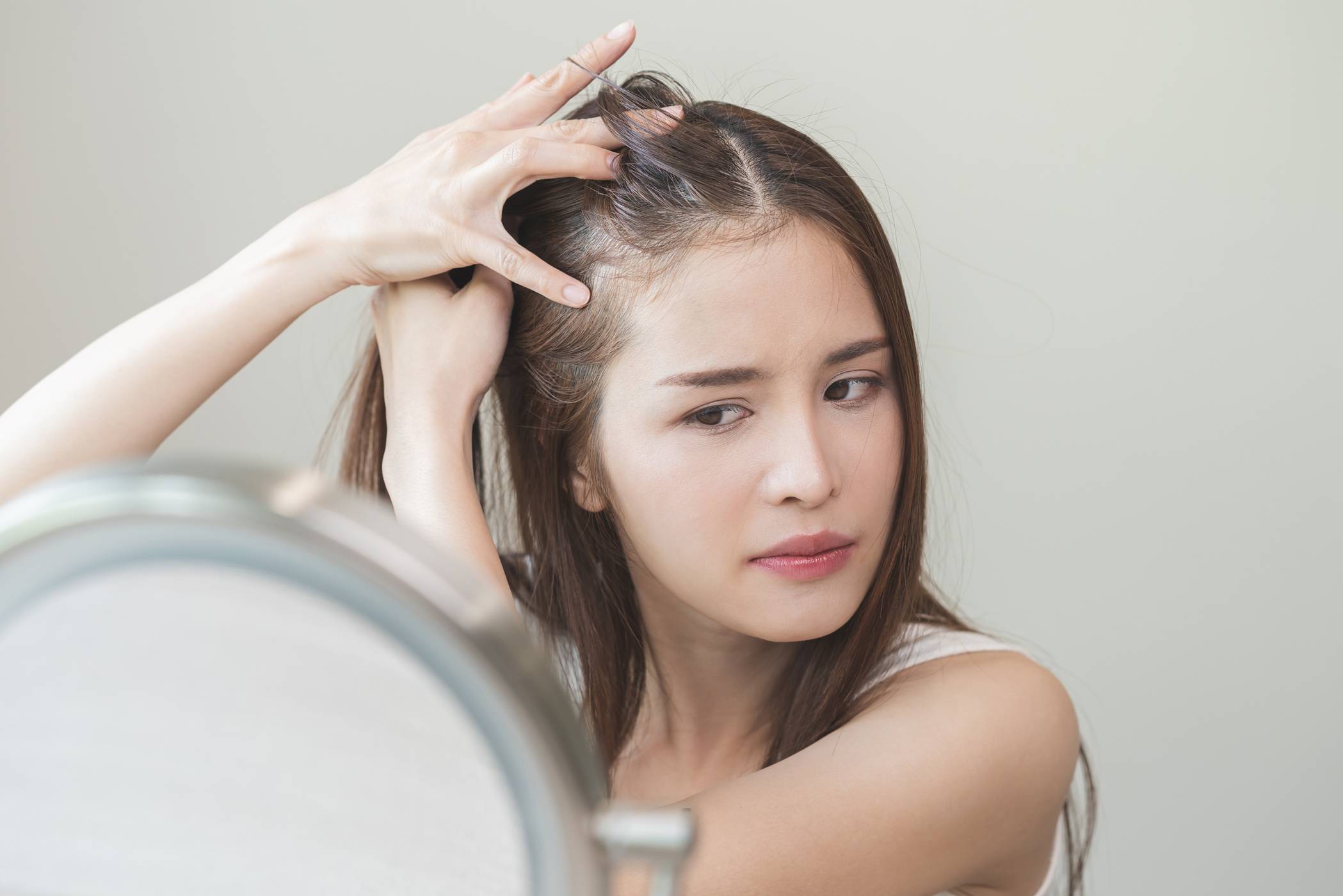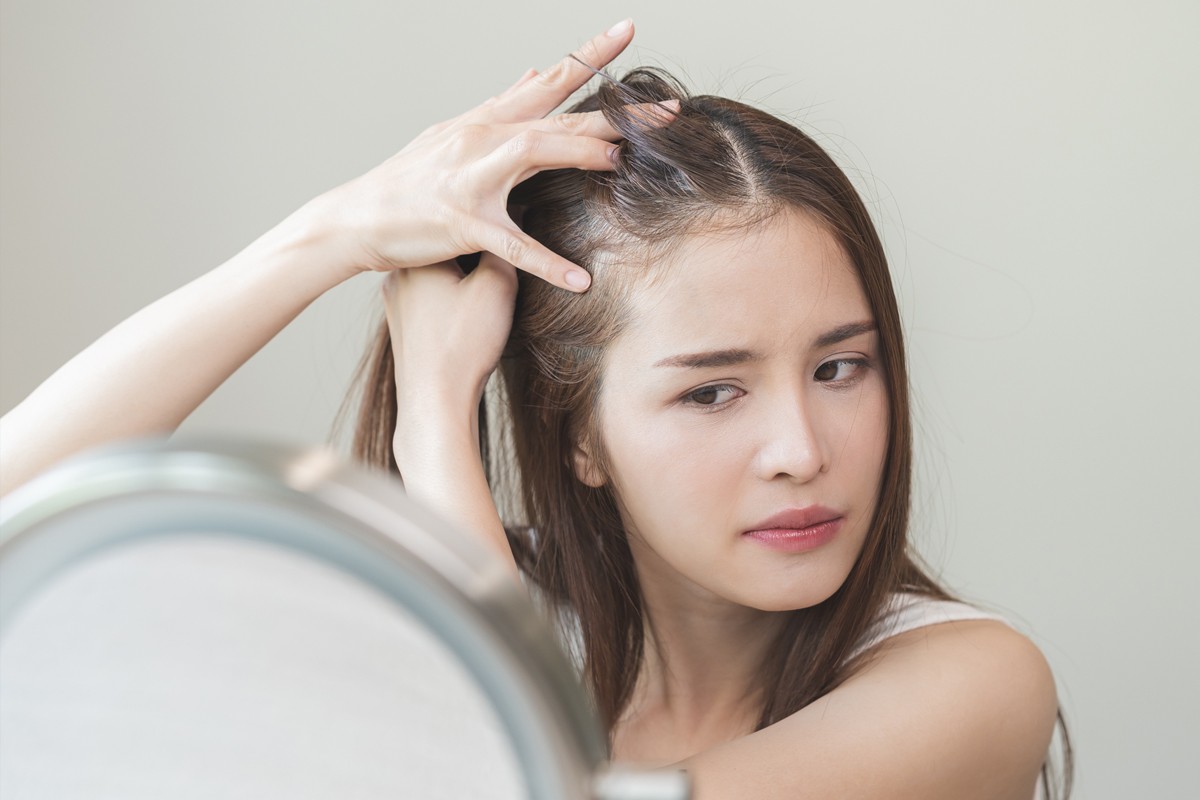Tired of styling your hair a certain way just to hide thinning areas? Do you catch yourself parting it differently, checking your scalp in the mirror more often, or brushing more gently to avoid shedding? You're not alone. Hair loss in women is more common than most people realize — and more emotionally exhausting than many care to admit.
At Springs Hair Restoration, I meet patients every week who are tired of guessing and ready to get real answers. This article walks through the most common types of hair loss women face, the questions I hear most often, and what evidence-based treatments can actually help.
Common Questions Women Ask
1. Why is my hair thinning — and why now?
The answer varies. Female pattern hair loss (androgenetic alopecia) is the most common type and may start as early as your 30s or 40s. But hair can also thin due to stress, postpartum changes, thyroid issues, or nutritional deficiencies.
2. Is this permanent, or will it grow back?
Some hair loss, like telogen effluvium (often caused by stress or hormonal changes), is temporary and reversible. Others, like genetic hair thinning, tend to be progressive but can be managed or slowed with treatment.
3. Could this be related to my hormones?
Yes. Hormonal shifts during pregnancy, menopause, or conditions like PCOS can all impact your hair. A blood panel can help determine if hormones are playing a role.
4. Do shampoos or vitamins actually work?
Most over-the-counter products aren't regulated and have limited clinical backing. That said, nutritional support (like iron, vitamin D, or biotin when deficient) and scalp treatments may help — but always under medical guidance.
5. When should I see a doctor?
If you’re noticing persistent thinning, widening parts, or bald spots, it’s time to get evaluated. Early diagnosis means better outcomes — and more personalized treatment.
A Common Fear: "Am I going to lose all my hair?"
Many women fear that once shedding starts, it won’t stop. That fear is valid — especially if you’ve seen changes happen rapidly. The truth is, not all hair loss is permanent. But identifying the cause early is critical. Whether it’s stress-related, hormonal, or hereditary, there are ways to manage — and in many cases, slow — the process.
A Common Frustration: "No one seems to take this seriously."
Hair loss in women is often dismissed or minimized, even by medical professionals. This leaves many women feeling ignored or unsure where to turn. At Springs Hair Restoration, I take your concerns seriously — not as a cosmetic issue, but as a real, often distressing medical condition that deserves care and clarity.
A Common Desire: "I just want to feel like myself again."
Hair loss doesn’t just affect your scalp — it affects how you show up in the world. Whether you're covering spots with styles, avoiding photos, or just feeling less like yourself, that desire to reclaim your confidence is real. My goal is to help you understand your options and create a plan that makes sense for your body, biology, and peace of mind.
The Most Common Hair Loss Patterns Women Face
Women experience a range of hair loss conditions, each with its own causes and treatment pathways. The most common is female pattern hair loss, which usually shows up as diffuse thinning over the crown or a widening part — not full bald spots like in men. Other types include telogen effluvium, triggered by stress, illness, or hormonal shifts; alopecia areata, an autoimmune condition that causes patchy hair loss; and traction alopecia, which can result from tight hairstyles worn over time. Less commonly, scarring alopecia may occur, where inflammation leads to permanent follicle damage.
What Can Be Done: Solutions Rooted in Medicine
When it comes to treating hair loss in women, the right approach depends on the type and cause. That’s why evaluation comes first. Blood tests, scalp exams, and a full health history are often necessary to get to the root of the issue.
Medical treatments like minoxidil can help slow or stabilize loss in many cases. Inflammatory conditions may respond to steroid injections or topical immunotherapy. For some, platelet-rich plasma (PRP) therapy offers a non-surgical way to stimulate regrowth using your body’s own healing mechanisms. And if thinning is significant and stable, surgical hair restoration is a carefully considered option.
Equally important are supportive treatments — from nutritional guidance to gentle hair care routines and stress management strategies. While not every case is reversible, many women find relief and renewed confidence through a tailored plan built around their specific needs.





 Free Transplant Consult
Free Transplant Consult



